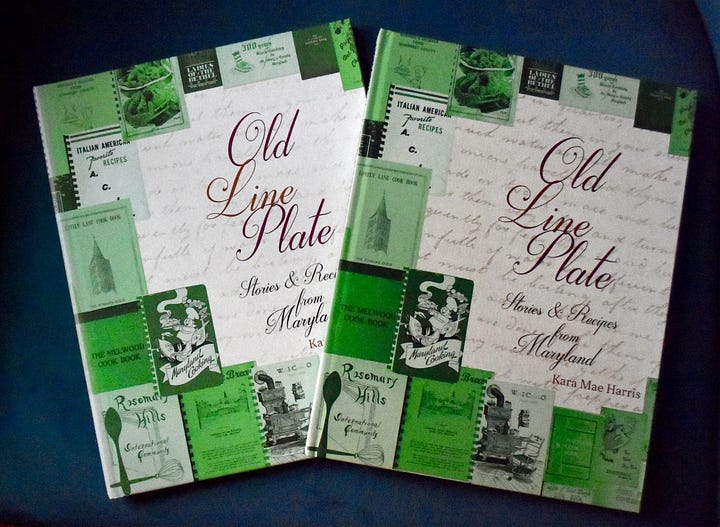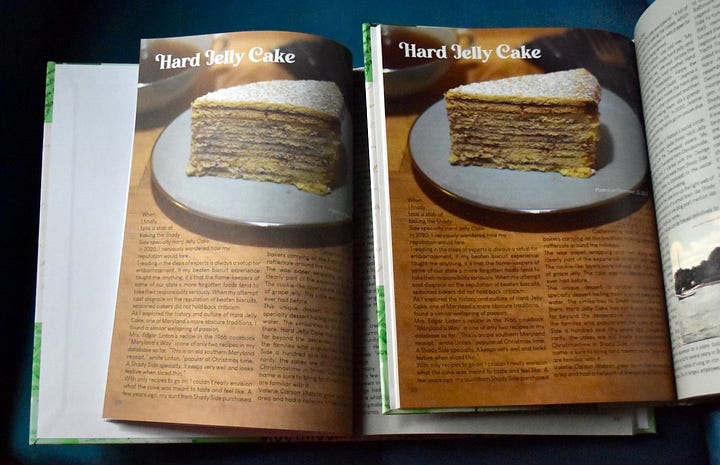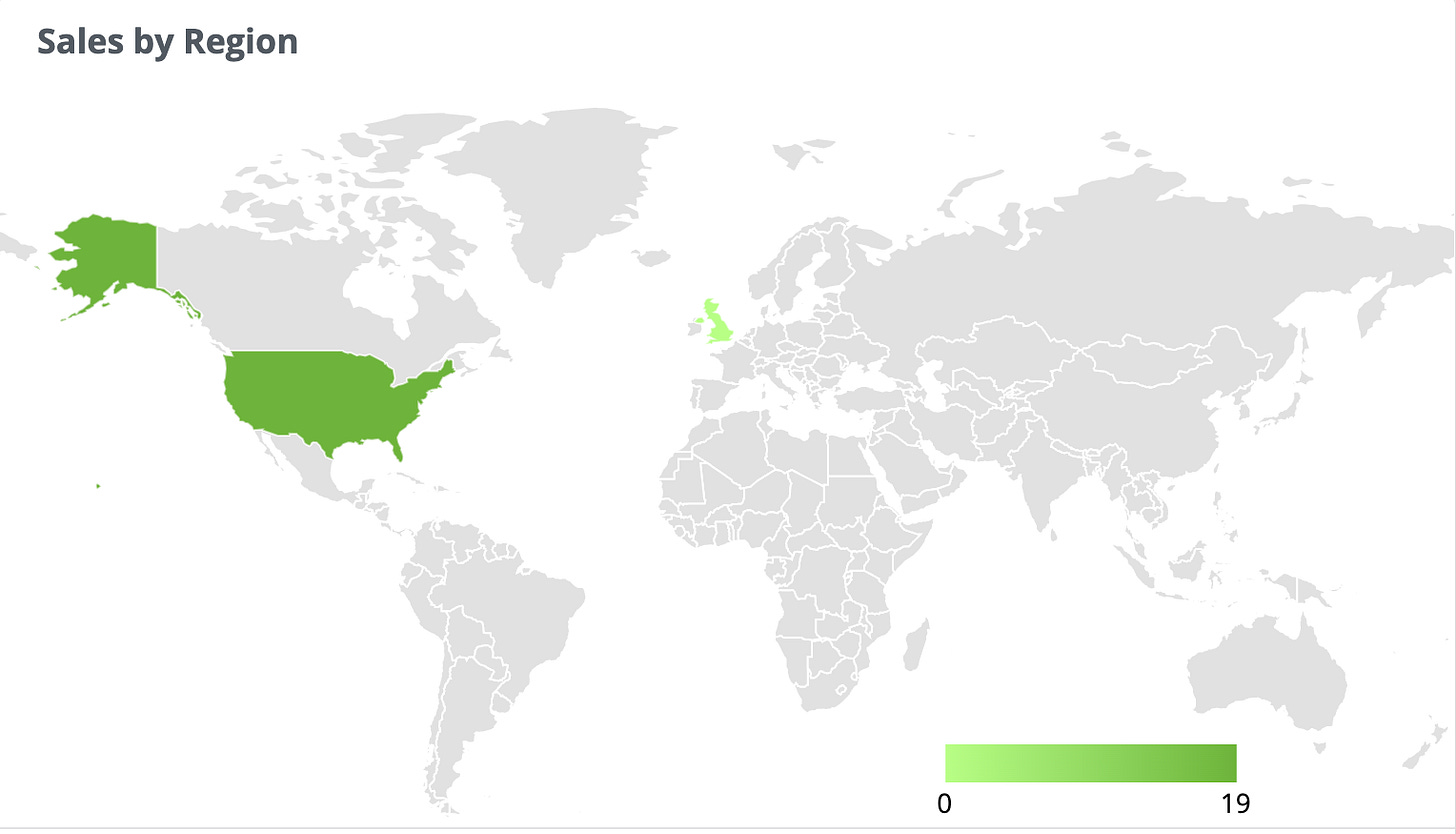On Book Making (part 3)
Final installment: Which printing platforms I'm using and why. Industry changes
At about $12 per copy plus shipping, I made a decent amount of money off of the books I printed with IngramSpark. Where originally I’d planned a single print run, I ended up keeping the book in print and allowing distribution. And Ingramspark got my book all over the world. That I can’t deny.
On Ingramspark, you are strongly encouraged to set up an industry-standard discount of at least 50%. You are also able to allow for returns. If a bookstore returns your book, you lose those royalties. If you want to keep those books instead of destroying them, you pay the wholesale price for them - NOT the author's price. It’s a bad gamble.
As I mentioned, I could buy my books for about $12. Set at a 50% discount, you’d think that means bookstores can buy my $25 book for about $12.50. You’d be incorrect. This is the worst aspect of IngramSpark. They essentially charge you for distribution, and they don’t pass your full discount on to the bookstores. The discount bookstores get tends to be something more like 15%. The money is not passed on to you, the writer. I increased my cover price to $35.
By far, the more profitable avenue was distributing the books myself to readers. This is a lot of work but aside from the better profit, you can actually see where your books are going. When someone buys my book through Ingram, I can’t even tell what bookstore they purchased from. I only know that I got x amount of sales in x country
When I looked into options for “Festive Maryland Recipes,” I was pretty sure IngramSpark was not my #1 choice. By this point, I’d had a few hiccups. They printed someone else’s interior in my book. I’d received damaged books. And customer service was non-existent. Plus, I wanted a lower per-book price so I could pay more royalties to the three people who basically worked on “Festive” on spec.
After getting quotes from dozens of printers, and much hand-wringing, I decided to print offset overseas. MCRL Group, based in Canada, facilitates the process. They make some environmental promises about planting trees and such. But mostly, they are vastly cheaper for offset-quality printing. I can get books that have a stitched binding and will lay flat for cooking and viewing, for less than the cost of the on-demand glue binding. Of course this too is a gamble - the point where the offset cost starts to become less than on-demand is at about 500 books. It gets incrementally cheaper from there. I am printing 1500 books. If I did 2500, the per-book cost would be nearly half as much as I am paying.
I’m still setting the book up on-demand, though. For one thing, shipping from halfway around the world will take MONTHS. Having a backup plan in case I need the books in time for the launch seemed wise. For another, on the off chance I run through my entire 1500 book print run, I’ll be immediately ready to print small quantities of books to fill orders.
Originally I was going to use IngramSpark for this double fallback plan. Almost on a whim, I reached out to another vendor we work with at my work, Yurchak Printing in Pennsylvania. The quality is better than IngramSpark and the cost is slightly less. They do not distribute the book metadata around the world but they can drop-ship book orders anywhere.
This would have been a great option for “Old Line Plate,” where I distributed the books myself to purchasers and bookstores. I could have even still set it up with IngramSpark to catch those random online sales. Live and learn.


My work is peculiar in that it draws so much business from in-state. The advantage of Ingram’s worldwide network is less for me, and it doesn’t outweigh the annoyance of their lack of customer service and lower quality.
As of now, I’m on the fence about whether I will set up “Festive” on IngramSpark to catch those random sales and get the book on Amazon. I really think this is a book that people will want after they see it in person. It’s design-intensive.
I can certainly see why a writer would want to go with the KDP+IngramSpark model if they think readers will find them on Amazon and bookstores will order from Ingram.
If I had done this project alone, I would probably either print them all digitally with Yurchak or used the offset printer in Florida that had the best price, PRC Book Printing. But I want to be able to pay three people who put a lot of hard work into making “Festive Maryland Recipes” amazing.
A few weeks ago, IngramSpark got rid of their $100 setup fee. (Yurchak charges such a fee as do most digital printers.) They raised the prices for the books themselves, charging a “market access fee.” They know where their bread is buttered. Now, people can flood the market with AI-generated books and hope to produce enough quantity to turn a profit. Ingram is banking on quantity over quality. They are going to further add to the stigma of self-published authors in the process.
There are a lot of new ins and outs I learned along the way, about paper quality and binding, ebook formatting, and acquiring ISBNs and barcodes (don’t buy a barcode). I just wanted to write a basic overview of my experience.
Soon I will be learning a whole lot more about the logistics of selling to the public and doing events and promoting a book. Maybe I’ll have a whole other newsletter post at the end of all of it. Having sent the file to the printer, I’m merely on a way stop on my “journey.”

